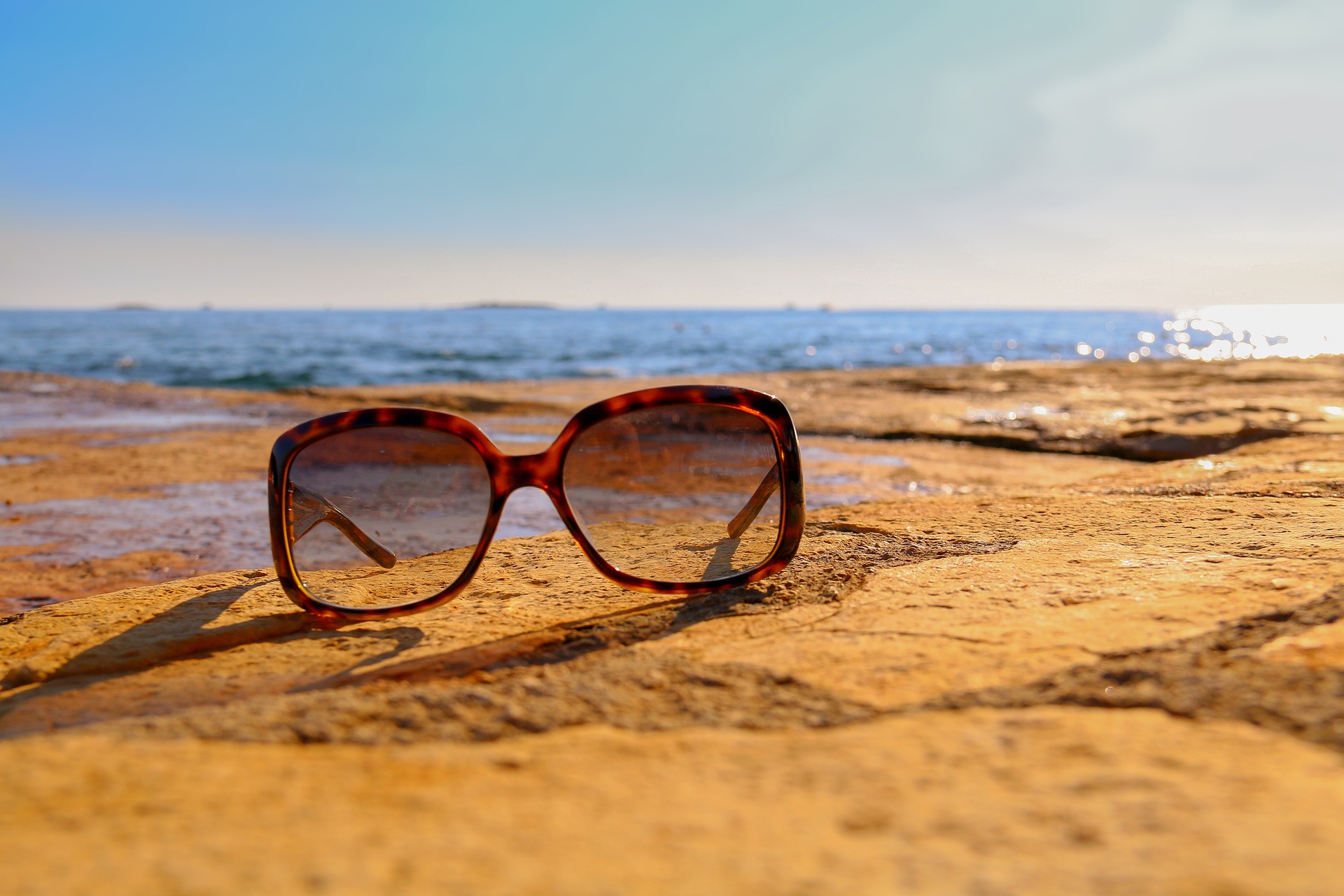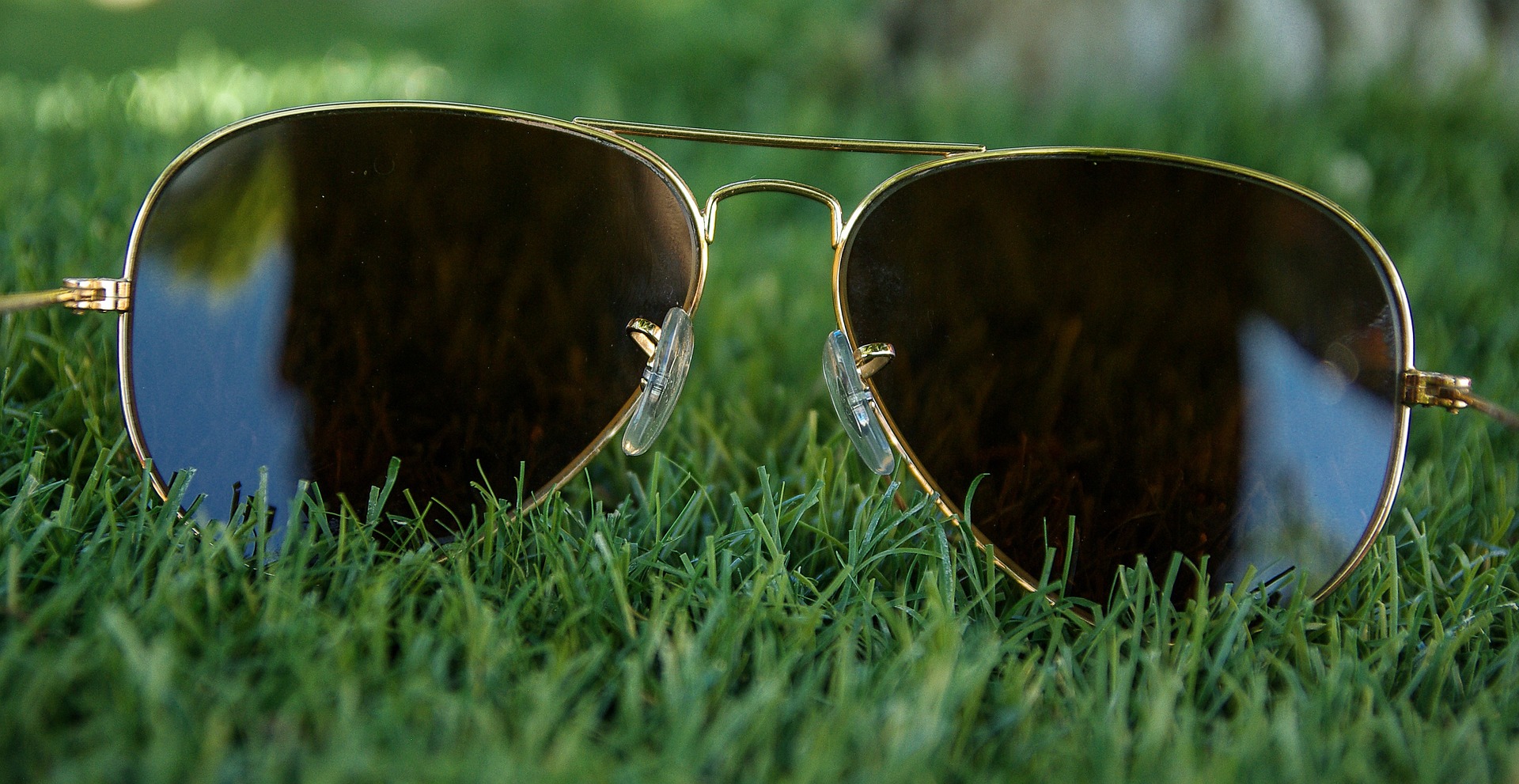How to Choose Sunglasses?
Proper care can significantly extend the lifespan and effectiveness of your sunglasses. This guide highlights essential tips, including the correct way to fold and handle sunglasses, proper cleaning techniques to avoid scratches, and the importance of regular adjustments to maintain comfort and functionality. It also provides advice on safe storage practices to prevent damage from heat or impact. Lastly, the guide emphasizes the importance of timely repairs or replacements to ensure optimal eye protection and avoid potential harm from optical distortions.


The main purpose of wearing sunglasses is to block ultraviolet (UV) rays from the sun. UV rays not only accelerate skin aging and increase the risk of skin cancer but can also cause significant damage to your eyes. Prolonged exposure to strong UV rays may lead to eye problems such as cataracts, macular degeneration, pterygium, and conjunctivitis.
Eye Diseases That May Be Caused by UV Radiation
01. Photokeratitis
Photokeratitis is an acute eye injury caused by intense sunlight, often resulting from UV radiation burns on the cornea. Symptoms include severe eye pain, tearing, a sensation of a foreign body in the eye, conjunctival congestion, swelling, and blurred vision.
02. Retinal Damage
UV rays, particularly long-wave UVA, can penetrate to the back of the eye, causing macular degeneration and other retinal damage. This exposure increases the risk of macular degeneration, especially in older adults.
03. Cataracts
UV rays, with wavelengths between 290–400 nanometers, can cause cross-linking and aggregation of soluble proteins in the lens, leading to lens aging or cloudiness, which can eventually result in cataracts.
04. Pterygium
UV radiation can cause degeneration of the conjunctival tissue, resulting in pterygium. This condition involves tissue growth from the corner of the eye toward the pupil, which can impair vision in advanced stages.
How to Choose the Right Sunglasses?
When selecting sunglasses, consider the following factors:
-
Lightweight and Comfortable to Wear
- They should filter 75%-90% of visible light and avoid causing visual distortion or image distortion.
-
UV Protection
- Look for sunglasses that block 95%-100% of UVA (320-400nm wavelength) and UVB (280-320nm wavelength) rays.
-
Lens Quality
- Check the lenses under a light source. The edges of the lenses should not show any distortion or wavy patterns.
-
Lens Color
- Darker lenses are not always better. Opt for medium-depth colors. Shades like gray, brown, and green are usually more suitable.
-

Lens Color and Their Effects:
-
Gray Lenses
- Absorb infrared and most UV rays effectively. They reduce light intensity without altering color perception.
-
Brown Lenses
- Absorb blue light effectively and enhance contrast between the sky and objects on the ground, creating a softer visual experience. They are helpful for individuals with red weakness but may worsen color perception for those with green weakness.
-
Green Lenses
- Absorb infrared and most UV rays. However, they may alter some colors, making them unsuitable for individuals with color blindness.
-
Yellow Lenses
- Block harmful blue light and enhance visual clarity, especially by increasing contrast sensitivity. They help maintain clear vision during fast motion but may affect night vision and the ability to distinguish traffic lights.
-
Red Lenses
- Enhance contrast and are particularly effective at blocking shorter wavelengths of light. They are ideal for environments with intense sunlight, such as skiing conditions.
-

-

Why Floating Lens Sunglasses Are the Ultimate Choice for Outdoor Fishing and Adventure

5 Key Questions to Ask Before Choosing a Sunglasses OEM/ODM Supplier

The Resurgence of Y2K Style: Sourcing the Hottest Shield & Sporty Sunglasses

How to judge the quality of a pair of glasses?

Create Your Perfect Look with HECHANG Optical's Custom Sunglasses: Tailored for Style and Comfort

Printing Process News: Innovations & Techniques
Company
Can I visit your company or factory?
Of course, you are welcome to visit our company and factory. This is a good way to show you our production and service capabilities, and I am also willing to take you on a tour of our city.
Can you send me a catalog?
Yes, we produce various models of sunglasses, and most of them are made in our product catalog. We can send you the correct product catalog according to your requirements.
Customization
Do you accept insurance for custom eyewear purchases?
Yes, we accept most vision insurance plans for custom eyewear purchases. Simply provide us with your insurance information during the checkout process, and we'll handle the rest.
How can I contact customer support if I have additional questions?
If you have any additional questions or need further assistance, our friendly customer support team is here to help. You can reach us via phone, email, or live chat during our business hours, and we'll do our best to address your inquiries promptly and efficiently.
Products
Can I order samples to check the quality? Can I customize it with my logo?
Welcome to order samples, and we also provide customized services for all products.

Wholesale High-Quality Sunglasses with Interchangeable Temples HD002

Wholesale Fashion Sunglasses with Detachable Temples HD004

Wholesale High-Quality Trendy Sunglasses with Interchangeable Temples HD001

Wholesale Fashion Sunglasses with Customizable Logo – Interchangeable Temples HD007
Submit Your Request Now!
Before diving into our services, please take a moment to fill out the corresponding form, detailing the type of eyewear you wish to import from China. Whether it's sunglasses, optical frames, reading glasses, or children’s glasses, we are committed to providing you with tailored solutions that meet your needs. Let us know your preferred materials, whether you require matching glasses case packaging, or any other specific requirements you may have.
Rest assured that your privacy is important to us, and all information provided will be handled with the utmost confidentiality.

